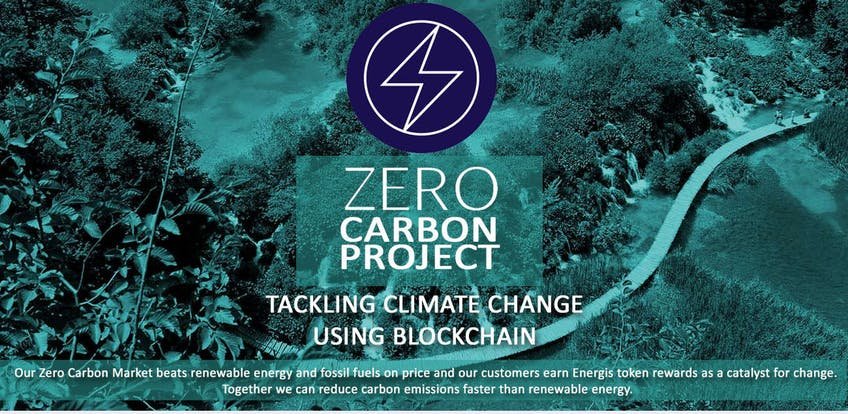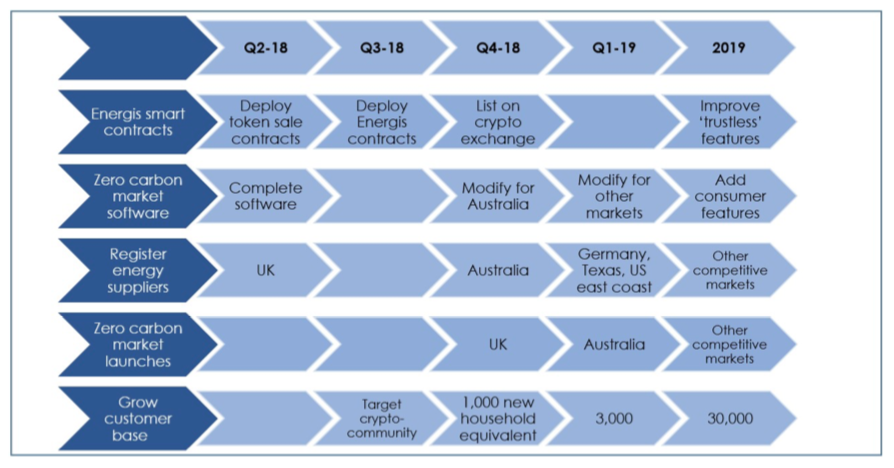Every day we experience the climate change in progress. Catastrophic weather events remind us that man can not remain helpless before what is happening. The change is evident day after day, because we travel on an ascending curve on a logarithmic scale.
Governments are trying to stop the exchange, or tampon it. The Kyoto protocol, which defined a 20% reduction in emissions by 2020, has recently been renewed by the member countries, introducing an even more ambitious reduction target of 35%. But this is not enough because the member countries do not cover the globe.
The countries adhering to the protocol have activated energy policies aimed at boosting investments in the development of plants from renewable sources, such as photovoltaic or wind power. But the energy produced by these plants is not yet competitive with that of the large plants fed by fossil fuels, although in recent years, the market has revised down the cost of primary machine supplies (eg panels and wind turbines).
Investments in renewable energy production are due to companies that have the obligation to produce part of the energy sold, from renewable sources. Alternatively they have to go to the market and buy Carbon Credits , which are recognized to companies that produce renewable energy.
The costs associated with the electricity markets are often increased by margins recognized to intermediaries or professional traders. The Zero Carbon project eliminates these costs and reduces the space between energy suppliers and final consumers.

Not only that, the project is pushing for investments in renewables to increase, and for this reason it offers access to the platform for clean energy suppliers only.
On the project platform, which operates on a smart contract on the Ethereum blockchain, the energy suppliers access and offer their own tariff plan, complete with the renewable energy sources that support it. Citizens, however, access and choose the plan that best suits their economic needs and their habits. This step of supply and demand includes the ENERGIS tokens , necessary for suppliers to access the platform, and prizes for citizens who access and choose a tariff plan.
Tokens earned by Clients can be traded to market ( Exchange ). They will buy energy suppliers to access the platform.

Given that the number of tokens is immutable, the value will increase with the request.
The team is very active and plans to involve the electricity companies active in the British electricity market to join the platform by the middle of this year, and then open access to users in the third quarter of 2018, then go on the major Exchange by the end year. The goal is to test the project in the UK and then export it all over the world.
The team is very active and plans to involve the electricity companies active in the British electricity market to join the platform by the middle of this year, and then open access to users in the third quarter of 2018, then go on the major Exchange by the end year. The goal is to test the project in the UK and then export it all over the world.
Interesting project that can potentially increase competition, thereby reducing energy costs for the end user, and pushing for substantial CO2 reduction. In fact, energy suppliers will have every interest in entering the platform if users increase and at the same time tend to offer increasingly cleaner energy solutions.
Roadmap

For More information follows;
Keep Tabs On Me Daily articles about cryptocurrency and blockchain based projects.

No comments:
Post a Comment